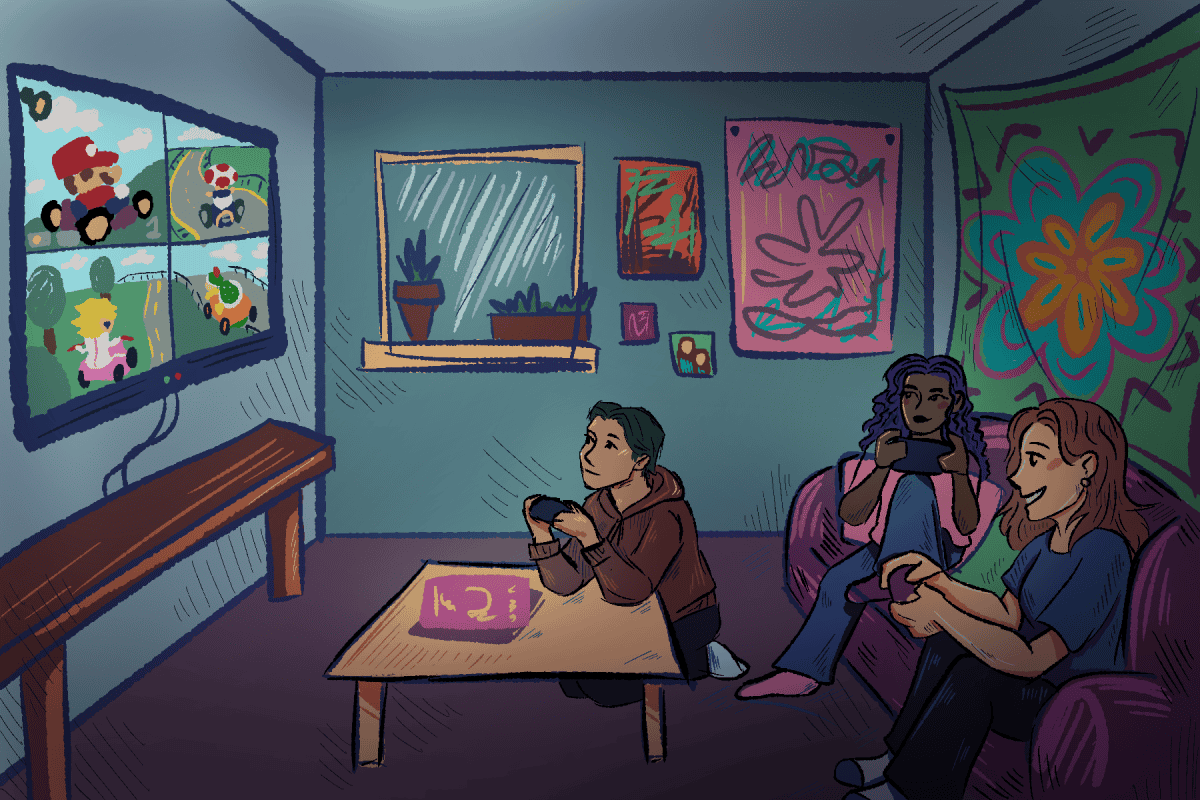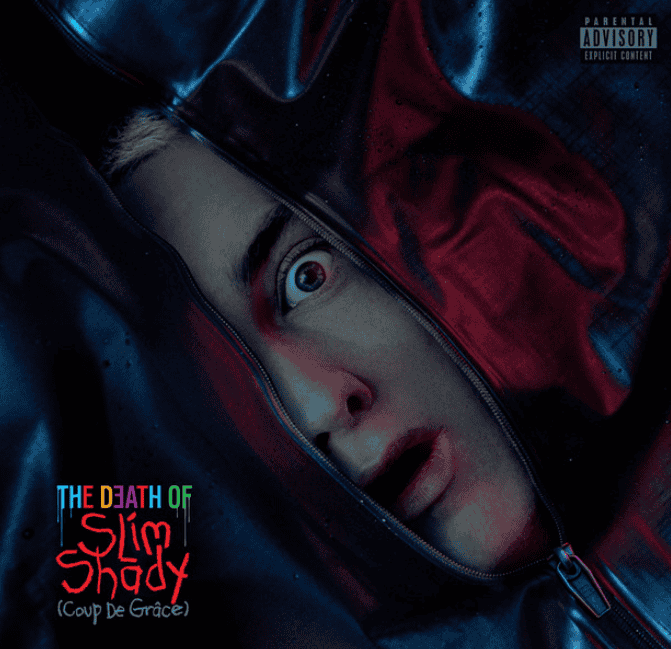The A24 horror movie has become something of an icon in modern cinema. For a decade, the famed indie film haven has distributed some of the most experimental, auteuristic and often viscerally terrifying works of horror on the market.
“Talk to Me,” from the minds of long-beloved YouTubers Danny and Michael Philippou, is a continuance of the studio’s successful output, releasing to a 94% critics’ score on Rotten Tomatoes, a 7.4/10 on IMDb and a 3.7/5 on Letterboxd.
This latest A24 hit centers on a friend group’s use of a supernatural embalmed hand as a party game. When someone grasps the hand and says, “Talk to me,” they are met face-to-face with the spirit of a person deceased, and if the grasper says, “I let you in,” they are possessed by the spirit until the enthralled onlookers disengage them from the hand.
All is well and fun until, naturally, someone takes it too far. The poor soul is Mia — played by Sophie Wilde — who is mourning and emotionally vulnerable after the loss of her mother to overdose. To put it simply, Mia gets deep into the spiritual world capsuled within the hand, and it has disastrous consequences for her and those around her.
“Talk to Me” is built around an emphatic metaphor. The embalmed hand’s use as a party game is plainly analogous to drugs, alcohol and other dangerous indulgences that are glorified by immature teens and put to recreational use.
Between Mia’s increased vulnerability due to trauma, the heightened negative effect the hand has on a younger mind — Riley, the younger brother of Mia’s best friend, Jade — and the eventual cataclysmic results of the hand’s use, the metaphor is both effective and convicting.
It isn’t just a meditation for modern times; it’s a timeless caution against irresponsible decisions justified by peer pressure and addiction to sensation without regard for consequences.
At the center of the strong metaphor is a potent performance from Sophie Wilde. The 26-year-old is the emotional anchor of the entire film, capturing the unmitigated terror and helplessness felt in the grip of addiction. Her gradual downward turn is gut-wrenching and hard to watch; ironically, it evokes excitement for Wilde’s future.
Outside of these highlights, there unfortunately isn’t a ton to write home about. Despite the film’s thematic robustness, the concept is uninspiring, adding little to the trope of a mysterious object serving as a conduit to the spiritual world.
The movie feels a lot less functionally unique than its A24 counterparts; whereas the heavyweights of the studio’s horror output revolutionize not only concept but also style and execution, “Talk to Me” seldom excels in any of those areas. Its writing, camerawork, structure and performances are all solid and sometimes even sleekly modern, but in most cases, they fail to be great.
Furthermore, the film isn’t scary. It’s without a doubt meant to be a horror movie, yet it often feels more like a thriller. There are moments that utilize shock factor and graphic imagery to garner a strong reaction, but this response is more of a sensory gag reflex than true fear.
“Talk to Me” is by no means a miss, and some viewers will gravitate toward its story and style more than others. What hurts it most has little to do with its individual quality.
As an A24-distributed film, it is subject to a standard of greatness, of artistic genius, of boundary-pushing resulting in once-in-a-generation products. Against such measures, and against genre masterpieces that have come before, it lacks luster.







